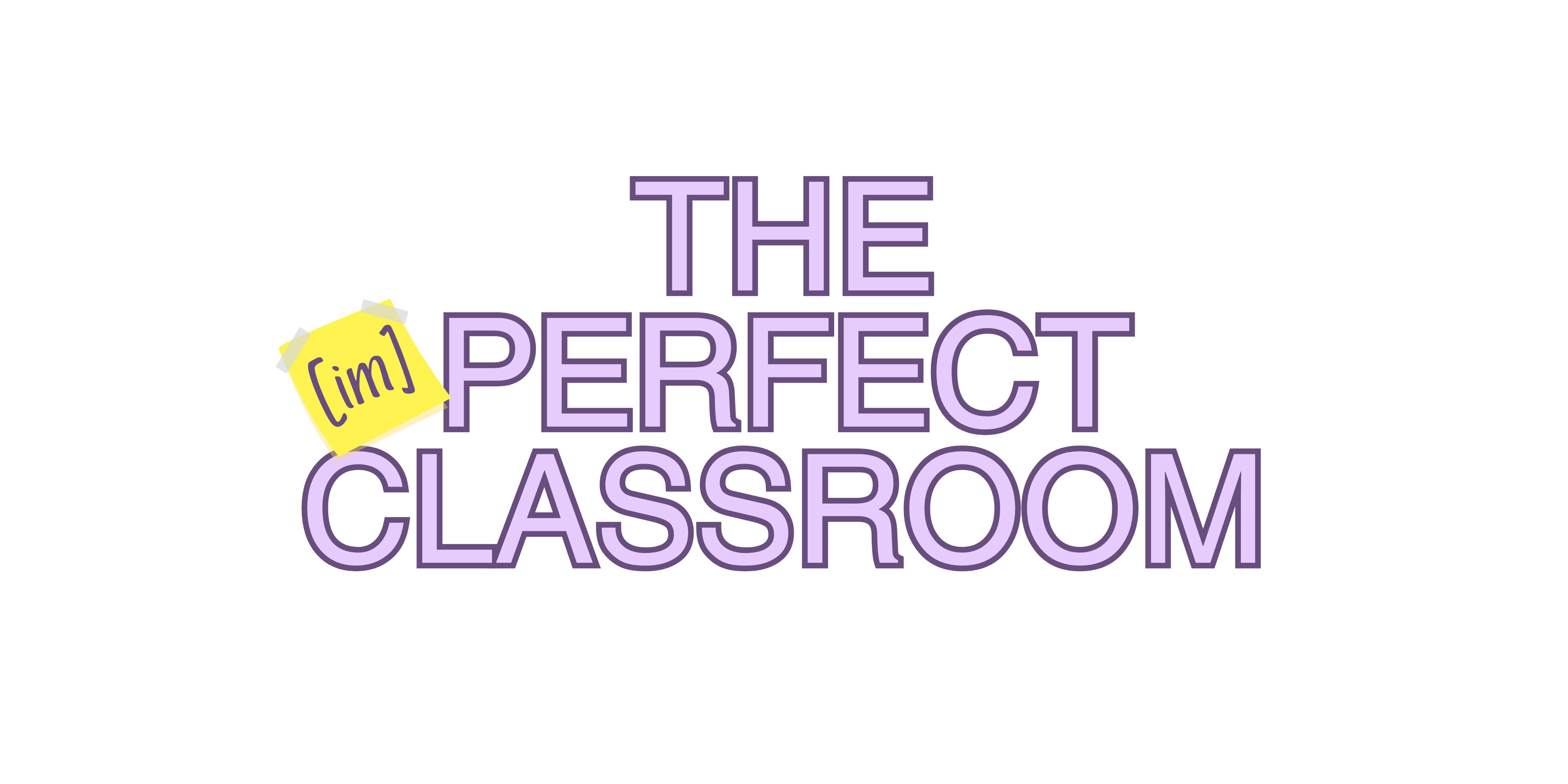By Sarah Reed
sarah.reed@jefferson.kyschools.us
Each year students enter my classroom with different levels of knowledge and individual learning styles. Not all students learn instructional content in the same way or have the same level of proficiency. Consequently, I use differentiated instruction to support the needs of my students and to maximize their learning potential. 
When I first began this profession, someone told me that a butterfly develops its wings when it struggles to get out of its cocoon. In my 18 years as an educator, I have come to realize that giving students challenges is what makes them stronger in dealing with new challenges. In sum, this is what causes my students to become successful in emerging from their cocoon to be as strong as they can be.
To help students become strong, it is critical to make learning fun while at the same time ensuring that language, activities, and resources focus on learning and engagement. Sometimes it is difficult to get children interested in learning really tough Kentucky Core Academic Standards. If you try to make your classroom enticing by letting students use their creative imaginations and by affording them differentiation, you will be able to bring their passion and energy to the classroom so that learning becomes a magical experience for them! Differentiation is not just something I understand. From the first week of school,n my classroom, you’ll see me vested in helping my students to conceptually explore the difference between equality and fairness by engaging in a discussion to explore the terms. Most students believe that fairness means “everyone gets the same.” But, I ask them to participate in some role playing, and then we discuss whether giving everyone the same is really fair. The students eventually arrive at a resolution – different people need different things to make things fair. In this way, I facilitate a problem-solving activity in order to help students internalize a concept. At the same time, I also establish a strong sense of classroom community, thereby enhancing each student’s feelings of individual importance and a sense of belonging.
The next thing I do is work to identify students’ learning styles and abilities. “Since we all learn differently,” I say, “then we need to know how it is that we learn.” I let the children know I will be contacting their parents so that I can understand them better as learners. Using strategies such as “Meet the Teacher Night”, telephone conversations, and parent questionnaires, I am able to connect to my students’ lives and really understand who they are, not only as learners but as individuals, too, from the lens of who knows them best – their parents. Within the same week, I also give students a learning-style inventory. This allows them an opportunity to self-reflect and share their feelings about who they are as learners. In these two ways, I have information to make best-informed decisions.
Carol Ann Tomlinson is the leader when it comes to differentiating. She describes differentiation in spheres: content, process, and product (2000). Content differentiation demands that I vary what I teach or how I help students gain access to that content. For example, I provide students with leveled reading material, reading matter on mp3, highlighted text, and overlays to reduce the perceived amount of text, independent study opportunities, mini-lessons on a specific skill, online extension activities by way of my class webpage, and/or activities for groups of students that are designed to cover different areas of Bloom’s Taxonomy.
Furthermore, if you stop by my classroom at any given time, you will find students having choices for working in pairs, alone, or in small groups. Process differentiation involves teaching students at different levels of difficulty. In my classroom this year DRA 2 levels range from 10 to above grade level. To help those students who are below reading level while at the same time challenging others, I have had to incorporate material based on their learning styles. This allows students to learn based on what is easiest for them to become engaged and motivated or what challenges them the most.
This year, this has meant including more visuals and more kinesthetic opportunities in my lessons and also differentiating the level of scaffolding I provide. Since many like to work in small groups, while just a few prefer working alone, I give my students options of how they want to work. In this way, I provide choice and spur motivation and engagement in learning. I also use different graphic organizers, have different support materials on their tables for their use, and use different tools, like color overlays and wiki sticks so they can pinpoint text-based evidence and participate in discussions.
In addition, I use language stems and frames to stimulate academic word-based oral and written responses. Product differentiation involves assigning different tasks to different students. The products in my classroom are tests, projects, reports and other learning activities. For example, to motivate students on their journey to being better spellers, I have them participate in the buddy spelling process. Every week students are given a spelling list. From this spelling list they are to choose their own spelling words and choose from the choice board the spelling-word activities they want to do. On Fridays they work with their spelling buddies, each buddy giving a different test for a different product. In this way, students have the opportunity to learn the spelling words using the method that works best of them and at a pace they prefer. Students are also given options during reading workshop time. Some students choose to partner-read, others read alone, while others work in literature circles. Others choose to write, while others choose to draw, and some others want to present orally. The key is that students are given different opportunities to demonstrate what they have learned in ways that appeal to their learning preferences and their learning levels.
It’s taken me a while to get to where I am with differentiation. You might feel like you don’t know where to start or that it’s just too hard to do because you are already doing too much. But differentiation is really about your students and their internally-connected definition of who they are as learners in your classroom. My advice is to add one strategy at a time and to be flexible with it. Work with your team, your coach or Professional Learning Community (PLC), if you have one. Regular collaboration with your colleagues will help you dig deep to determine what to teach, how to teach, what to teach next, when to target students needing more and when to look for novel approaches to enrich and intervene. You can also go into CIITS and utilize Edivation’s catalog of 100 or more videos just by typing ‘differentiation’ in the search bar. Other resourceful sources I use to find ideas to differentiate in my classroom are the ‘dare to differentiate’ wiki space, Pinterest, curriki.org, Share My Lesson, Reading A to Z, and the Engage NY site.
Even though I have a lot under my belt with differentiation and use its power to impact my students, I still have lots to learn. I will tell you a little secret – differentiation is still tough for me to manage! I am still trying to figure it out, I still attend PD’s, seek out new learning, and share ideas with others to help me grow and make learning fun, engaging and the powerful.
Sarah Reed, a teacher at Field Elementary School (Jefferson County), is the 2015 Kentucky Teacher of the Year. She will be sharing her educational experiences in and outside of the classroom with Kentucky Teacher readers during her yearlong reign.




Leave A Comment